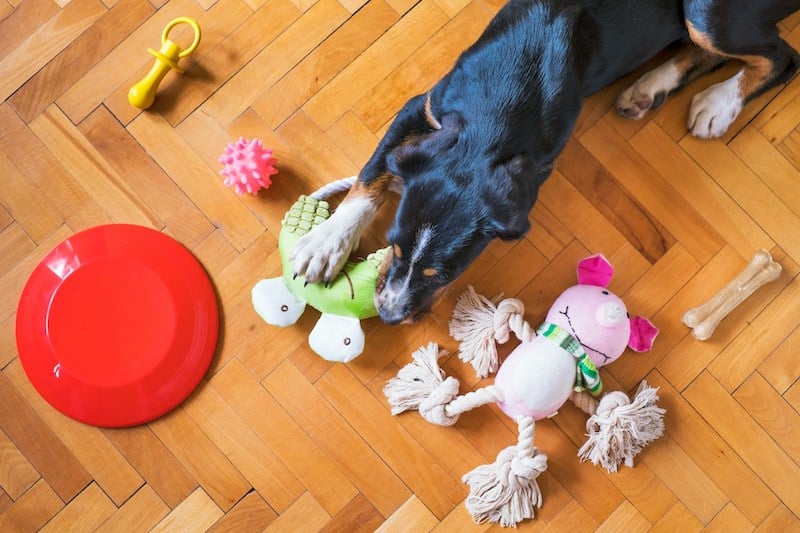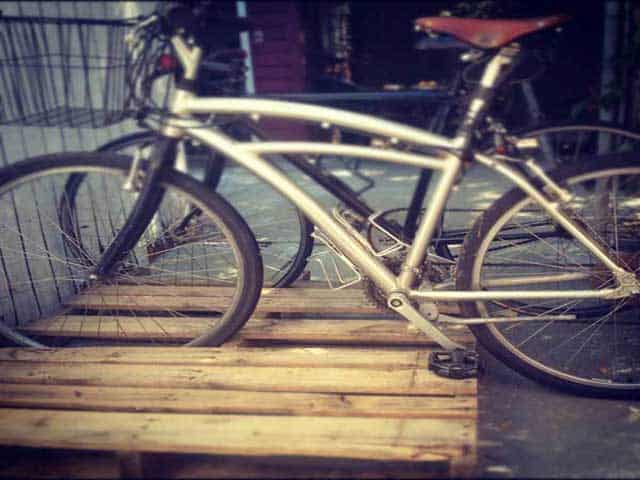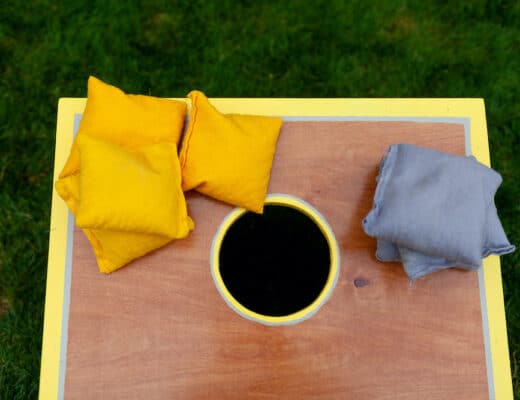
Pets bring joy and companionship to our lives, and as pet owners, we always want to provide them with the best. One way to show our love is by creating DIY pet toys and accessories tailored to their needs and preferences.
These DIY pet projects that will not only keep your furry friends entertained but also help strengthen the bond between you and your pet.
Understanding Your Pet’s Needs
Before embarking on any DIY pet project, it’s essential to understand your pet’s needs. Every pet is unique, with different preferences and physical abilities. By observing your pet’s behavior and interactions, you can identify their favorite activities and cater to them in your projects.
Understanding your pet’s needs goes beyond just providing food and shelter. It involves creating a stimulating environment that promotes their physical and mental well-being. Consider factors such as exercise requirements, socialization needs, and mental stimulation when planning DIY projects for your furry friend.
Identifying Your Pet’s Favorite Activities
Take note of activities that consistently make your pet happy and excited. Does your cat love chasing objects or rolling around in catnip? Does your dog enjoy chewing on toys or playing fetch? Understanding their preferences will help you create toys and accessories that will capture their interest and keep them engaged.
Engaging in your pet’s favorite activities not only provides them with entertainment but also strengthens the bond between you and your pet. It’s a way to communicate love and care in a language they understand, fostering a deeper connection and trust.
Safety Considerations in DIY Pet Projects
Safety should always be a top priority when creating DIY pet toys and accessories. Make sure to use non-toxic materials and avoid any small parts that could be a choking hazard. Additionally, consider your pet’s size and strength when selecting materials. For instance, small dogs may require softer toys, while larger dogs need sturdier options that can withstand their chewing.
Regularly inspect your DIY creations for any signs of wear and tear to prevent accidents or injuries. Remember, your pet’s safety is in your hands, so always prioritize quality and durability when crafting items for them to enjoy.
Materials Needed for DIY Pet Projects
Gather the necessary materials before diving into your DIY pet projects. You’ll be surprised to find that many items in your home can be repurposed into pet toys and accessories.
Before starting your DIY pet projects, it’s essential to consider the safety and well-being of your furry companions. Always opt for materials that are non-toxic and pet-friendly to prevent any harm to your pets. Additionally, consider the durability of the materials to ensure that your creations withstand your pet’s playtime.
Common Household Items You Can Use
Look around your house, and you’ll find plenty of items that can be transformed into pet toys. Empty cardboard boxes can become hide-and-seek havens for cats, while old t-shirts can be braided into durable tug-of-war ropes for dogs. With a little creativity, you can turn everyday objects into new entertainment options for your furry friend.
Another fantastic idea is to repurpose old socks into interactive toys for your pets. You can fill them with catnip for your feline friends or with a squeaker for your canine companions. Not only is this a sustainable way to reuse old items, but it also provides mental and physical stimulation for your pets.
Where to Buy Pet-Safe Materials
If you prefer using pet-specific materials, there are various options available both online and in pet stores. Look for materials labeled as pet-safe, such as organic fabrics, non-toxic paints, and natural dyes. Investing in high-quality materials will ensure the longevity and safety of your DIY pet projects.
When purchasing materials for your DIY pet projects, consider the specific preferences and needs of your pets. For example, if your pet has sensitive skin, opt for soft and hypoallergenic fabrics for their toys or bedding. By customizing your DIY creations to cater to your pet’s individual requirements, you can enhance their overall well-being and enjoyment.
Creating DIY Pet Toys
Let’s start with DIY pet toys that will keep your pets entertained for hours on end.
Keeping your furry friends engaged and happy is essential for their well-being. DIY pet toys are not only cost-effective but also allow you to customize the toys to suit your pet’s preferences. By investing a little time and effort, you can provide your pets with stimulating toys that cater to their unique personalities.
Steps to Make a DIY Catnip Toy
1. Cut two identical shapes, such as fish or mice, out of felt or fabric.2. Sew the shapes together, leaving a small opening.3. Fill the toy with catnip.4. Sew the opening shut, ensuring the catnip is securely inside.5. Present the catnip toy to your feline friend and watch them have a purr-fect time.
Catnip is a herb that belongs to the mint family and is known for its effects on cats. When cats come into contact with catnip, they may exhibit behaviors such as rolling, rubbing, purring, and overall excitement. By creating a DIY catnip toy, you are not only providing your cat with a source of entertainment but also promoting their natural instincts and behaviors.
Building a Homemade Dog Chew Toy
1. Take an old t-shirt or fabric strip.2. Braid the fabric tightly to create a rope-like structure.3. Tie knots at each end to secure the braid.4. For added interest, tuck small treats into the knots.5. Hand the homemade chew toy to your dog and watch them enjoy the satisfying texture and taste.
Dogs have a natural instinct to chew, which is not only a way for them to relieve stress but also helps in maintaining their dental health. Homemade chew toys provide a safe and enjoyable outlet for your dog’s chewing needs. By incorporating treats into the toy, you can make the chewing experience even more rewarding for your furry companion.
Crafting DIY Pet Accessories
Not only can you create toys, but you can also craft stylish and functional accessories for your pets.
Designing a Custom Pet Collar
1. Measure your pet’s neck to ensure the collar fits comfortably.2. Choose a durable fabric or sturdy webbing for the collar.3. Cut the fabric/webbing according to your measurements, leaving extra for seams.4. Sew the ends together, making sure to reinforce the stitching.5. Add a secure buckle and a metal D-ring for attaching a leash.6. Personalize the collar by embroidering your pet’s name or attaching charm pendants.
Sewing a Comfortable Pet Bed
1. Measure the length and width of your pet to determine the bed size.2. Select a soft, washable fabric for the bed cover.3. Cut out two identical pieces of fabric, leaving extra for seams.4. Sew the sides and bottom, leaving one side open.5. Fill the bed with a plush filling, such as foam or shredded memory foam.6. Sew the opening shut and fluff the bed to create a cozy spot for your pet to rest.
Maintaining and Cleaning DIY Pet Items
To ensure the longevity and hygiene of your DIY pet items, regular maintenance and cleaning are crucial.
Regular Maintenance Tips
Inspect your pet’s toys and accessories regularly for any signs of wear and tear. Replace or repair items as needed to avoid any potential hazards. Additionally, regularly rotate your pet’s toys to keep them engaged and prevent boredom.
Cleaning Techniques for Different Materials
When it comes to cleaning, different materials require different approaches. Machine-washable fabrics can be laundered regularly to maintain cleanliness. For toys made from plastic or rubber, soak them in warm, soapy water and rinse thoroughly. Always air-dry everything to ensure no moisture is trapped, as it can lead to mold or unpleasant smells.
By following these tips and getting creative with your DIY projects, you can provide your pets with a variety of toys and accessories while saving money and strengthening the bond between you and your furry friend.


